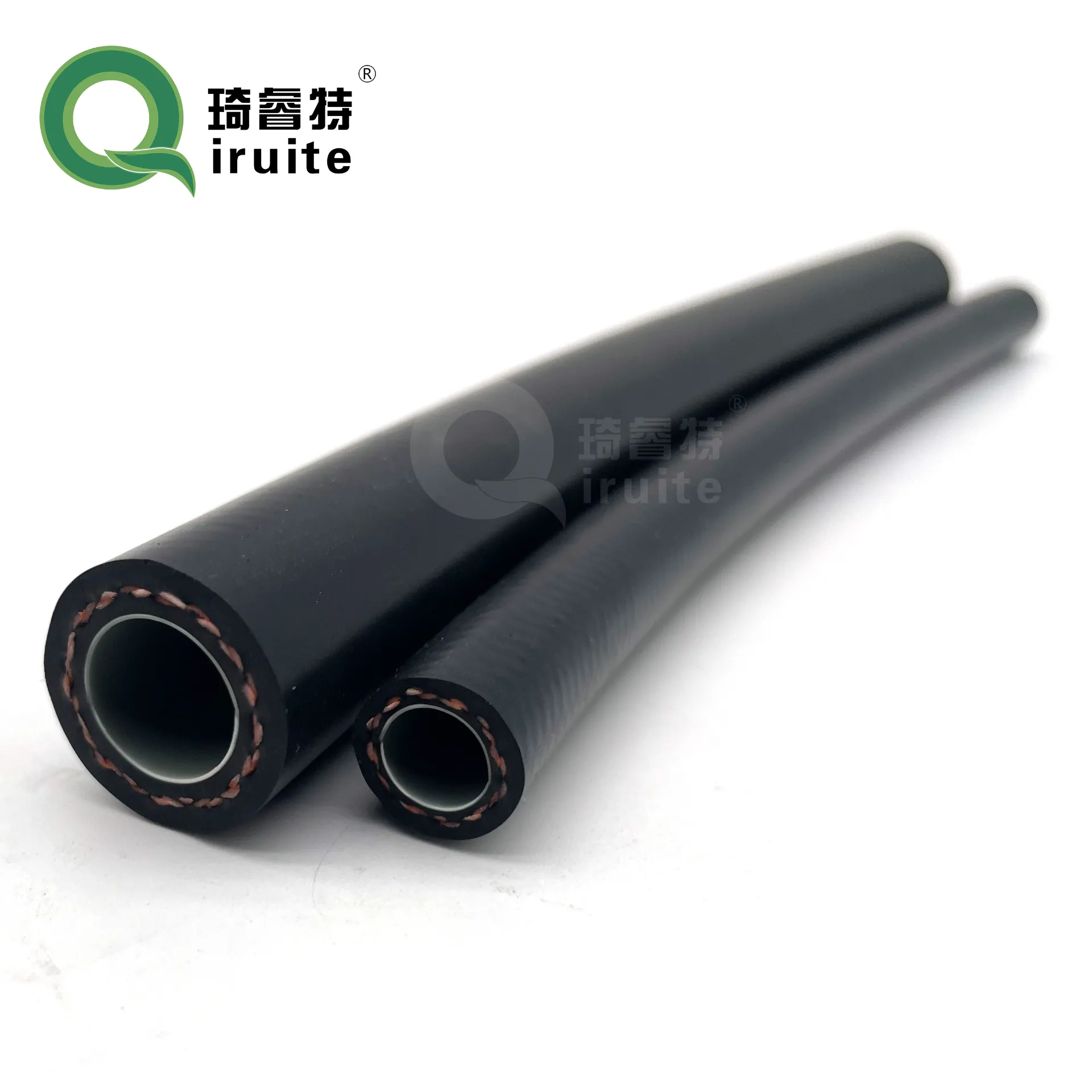power steering power hose
Understanding Power Steering Power Hose A Guide to Maintaining Your Vehicle
Power steering is an essential aspect of modern vehicle design, providing drivers with the ability to steer with ease and precision. At the heart of this hydraulic system is the power steering power hose, a crucial component that ensures fluid can flow effectively between the power steering pump and the steering mechanism. Understanding the role, maintenance, and potential issues surrounding the power steering hose is vital for any car owner who values their vehicle's performance and safety.
What is a Power Steering Power Hose?
The power steering power hose, often referred to as the high-pressure hose, carries pressurized hydraulic fluid from the power steering pump to the steering gear or rack. This fluid pressurization is what assists drivers in turning the steering wheel with minimal effort. The hose is typically made from high-strength materials designed to withstand high pressures and resist wear from the fluid, temperature changes, and environmental factors.
Signs of a Failing Power Steering Hose
Like any vehicle component, power steering hoses can deteriorate over time. Here are several signs that indicate it might be time for a replacement
1. Fluid Leaks One of the most apparent signs of a failing power steering hose is fluid leakage. If you notice a reddish-brown fluid puddle under your vehicle, it could indicate a compromised hose or connection.
2. Steering Difficulties If you find it increasingly difficult to turn the steering wheel or notice unusual resistance while steering, it may be due to malfunctioning power steering components, including a faulty hose.
3. Noisy Steering A whirring or whining noise when you turn the steering wheel often suggests air bubbles in the power steering fluid, which can result from a leak in the hose.
power steering power hose

Maintenance Tips for Your Power Steering System
Maintaining your power steering system, including the power steering hose, is crucial for ensuring your vehicle operates smoothly. Here are some practical maintenance tips
1. Regular Inspections Periodically check your vehicle's power steering system and hoses for any visible signs of wear, such as cracks, fraying, or discoloration. Ensuring that the hoses are secure and well-attached can help prevent leaks.
2. Fluid Level Checks Regularly check the power steering fluid level and top it up as necessary. Low fluid levels can lead to increased strain on the hose and other components.
3. Flush and Replace Fluid Power steering fluid can become contaminated over time, leading to wear on hoses and other components. Consider flushing and replacing the fluid every couple of years, or as recommended in your vehicle’s owner manual.
When to Replace the Power Steering Hose
If you identify any signs of wear or damage, it is essential to replace the power steering hose promptly. Driving with a compromised hose can lead to more severe damage, increased repair costs, and most importantly, safety hazards. While some DIY enthusiasts may attempt to replace the hose themselves, it is often best left to professional mechanics who can ensure proper installation and system integrity.
Conclusion
The power steering power hose plays a crucial role in the smooth operation of your vehicle's steering system. By understanding its function, recognizing the warning signs of failure, and performing regular maintenance, you can keep your vehicle running efficiently and safely. Remember, a small investment in maintenance can save you from costly repairs down the line, ensuring a comfortable driving experience for years to come. Always consult your vehicle’s manual and consider seeking professional assistance when needed to keep your power steering system in optimal condition.
-
Ultimate Spiral Protection for Hoses & CablesNewsJun.26,2025
-
The Ultimate Quick-Connect Solutions for Every NeedNewsJun.26,2025
-
SAE J1401 Brake Hose: Reliable Choice for Safe BrakingNewsJun.26,2025
-
Reliable J2064 A/C Hoses for Real-World Cooling NeedsNewsJun.26,2025
-
Heavy-Duty Sewer Jetting Hoses Built to LastNewsJun.26,2025
-
Fix Power Steering Tube Leaks Fast – Durable & Affordable SolutionNewsJun.26,2025

